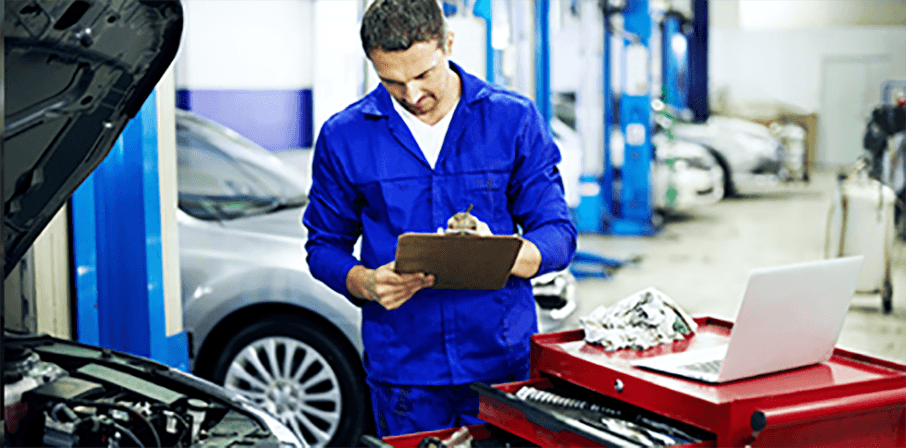Last year nearly 1 in 3 vehicles failed to pass their MOT first time. The reasons range from serious structural defects, down to simple fixes such as broken bulbs and empty screen wash. Our article will give you all the information you need to pass your MOT first time, this year and every year. Read our list below of the key parts to check ahead of your MOT.
Headlights and Indicators
Last year a staggering 25% of vehicles failed their MOT due to faulty lighting. Yet this is one of the easiest things to check on your vehicle.
To check your vehicle’s headlights and indicators, simply turn on your headlights and press the hazard button. Your hazard lights are just your indicators flashing in unison. A quick walk around the car should tell you if you need to replace any bulbs on your vehicle. Don’t forget to inspect your number plate lights as well.
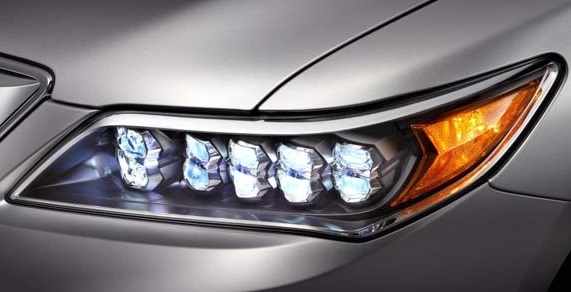
Brake Lights
Checking your brake lights will probably require some help from a friend as you need to be pressing the brake pedal and checking the brake lights at the same time. You should be able to instantly see if any bulbs need replacing. If any bulbs need replacing you won’t pass your MOT first time.
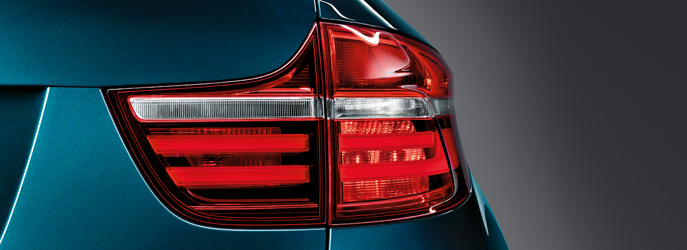
Brakes
16% of vehicles failed their MOT last year because of inadequate brakes.
Squeaking or screeching when driving or braking may be an indication that you should change your car brakes. About 20% of brake pads have an audible indicator on them to alert you when the pads are wearing out. Once you start hearing this it’s advisable to change them asap.
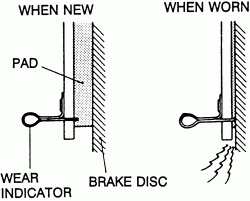
Modern vehicles usually have a brake pad sensor which will alert you when the brake pad is reaching the minimum limit. Most manufacturers recommend changing your brake pads once they reach 3mm, the legal limit for brake pads in the UK is 1.5mm. Failure to change your brake pads could result in damage to the brake disc, which can be quite expensive if you find out during your MOT.
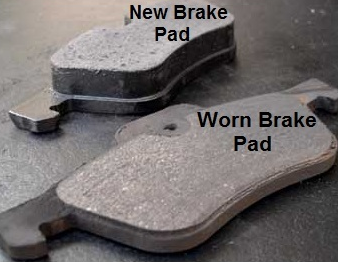
It is also worth checking the state of your pedal rubbers. If these are worn or broken it can cause difficulty during braking. It isn’t worth the risk to not pass your MOT just because of these small, but essential, parts.
Tyres
Ensure you pass your MOT by checking your tyres before dropping off any vehicle. There are 4 things to look out for when it comes to checking tyres:
1. Pressure
2. Uneven Wear
3. Side Wall Damage
4. Tread Depth
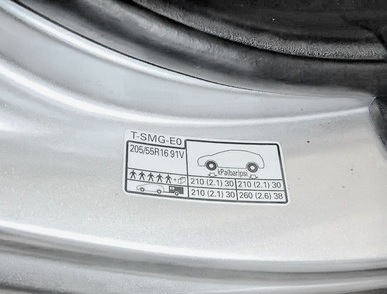
Finding out the correct tyre pressures for your vehicle is easy. There is usually a sticker on the driver-side door frame (occasionally the passenger side) informing you of the correct tyre pressures for your vehicle. Older cars will also have the tyre pressures written in the owner’s manual.
It is also advisable to check the tyres overall condition. Bulges, cuts, cracking or tears in the tyre sidewall as well as a lack of tread can cause your vehicle to fail its MOT. You can check you tyre tread depth by checking the tread depth indicator on the tyre itself. If this is level with the top of the tyre it’s time to buy new tyres.
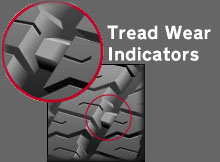
You can also check your tyre tread depth using a tread depth gauge, which will let you know if your tyres are above the 1.6mm legal limit.
Suspension
Last year 19% of vehicles failed to pass their MOT due to suspension faults.
Don’t worry though as you can quickly check your shock absorbers without having to get down and dirty (unless you really want to). A gentle bounce on each corner of the car should see your vehicle return effortlessly within one or two bounces. If the car bounces for more than this it could mean that there is a problem with the shock absorber on that corner.
It’s also important to check your coil springs for any damage. With all the potholes on our roads and typically British weather, coil springs can snap without any warning. Whilst checking your springs I’d also advise looking for any other loose or damaged parts.
If you’ve recently lowered your car using either lowering springs or non standard shock absorbers you risk not being able to pass your MOT. This can be due to insufficient clearance or touching between the body and wheels.
Emissions
New vehicles have to meet strict emission standards, which can be a problem if you’re running an older vehicle. Last year 10% of vehicles failed their MOT due to high emission levels. Not to worry, if you own an older vehicle or are concerned about your vehicles emission levels there is something you can do about it.
Fuel additives can improve your vehicles emissions. Simply pour into your fuel tank and take your vehicle for a long drive before dropping it off for your MOT. Fuel additives are designed to help clean out your fuel system, making your vehicle more efficient, which in turn could lower emission levels.
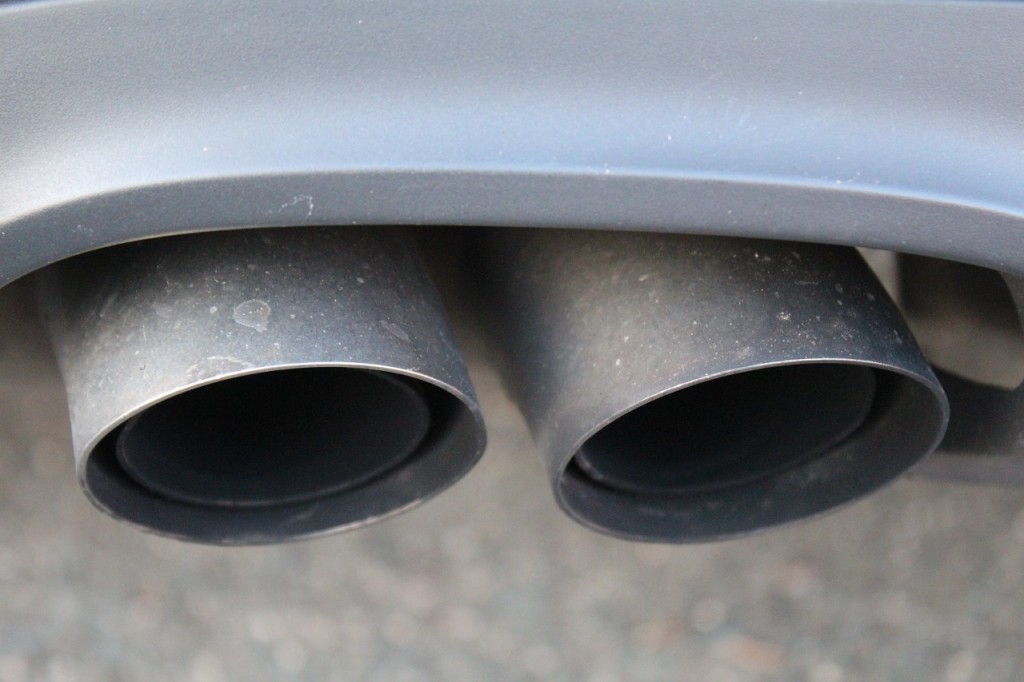
If you own a diesel vehicle you will probably want to check the state of your DPF (Diesel Particulate Filter). This isn’t something which can be visually checked, though if you have a modern diesel the chances are you have one. A DPF is designed to remove soot from the emissions of your vehicle, however the filter can become blocked with soot particles. Using a diesel additive helps in the regeneration of DPF systems and are the most economical way to preserve and clean the particulate filter!
The final factor in reducing your vehicles emissions is your exhaust system. The tell tale symptoms of a leaky exhaust is a whistle sound whilst accelerating. Small leaks can be fixed with sealant, whilst bigger ones will require a new exhaust part to be fitted.
Windscreen & Wipers
Almost every driver has experienced hearing something hit their windscreen whilst driving along. Chips and cracks over 10mm (1cm) that are directly in the drivers field of vision are an MOT failure. Outside the drivers central field of vision, windscreen damage is allowed up to 40mm (4cm).
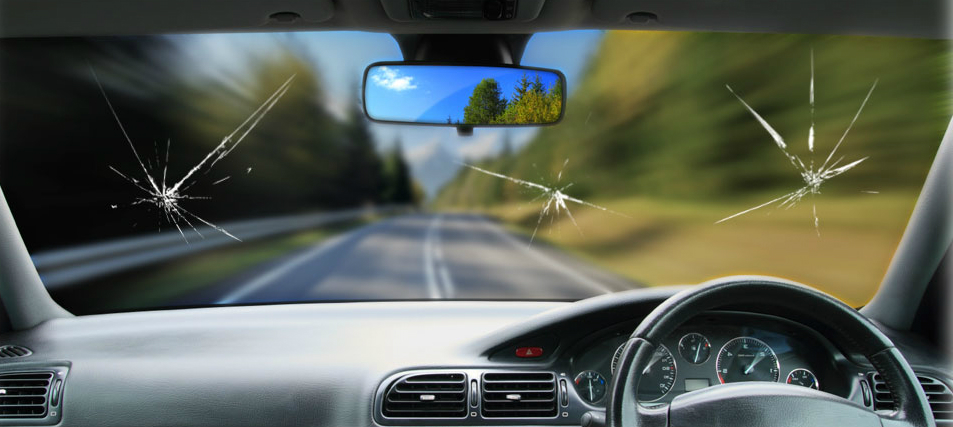
If you find any damage to your windscreen don’t despair. Your vehicles insurer may cover the cost of any repair work needed, so it’s worth contacting them to find out. If your insurer doesn’t cover the cost of repairs, there are lots of companies who can repair windscreen damage and in my experience repairs can be completed in under 30 minutes.
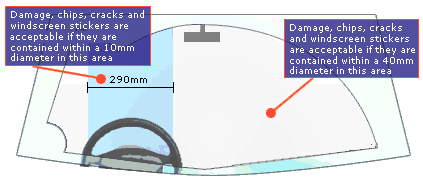
It’s also important to check your windscreen wipers, the easiest way to do this is using them to clear the windscreen. If the wiper blades leave any streaks you may need to take a closer look at the rubber. Don’t worry if your wiper blade is damaged, these are easy to replace.
Essential Fluids
One of the final checks you should be making before taking your vehicle for its MOT, is to ensure all the essential fluids are topped up. Check and if necessary top up the engine oil and windscreen washer fluid. It’s also advisable to make sure you have enough petrol in your tank. The MOT tester will need to run your engine for the emissions test and they are under no obligation to fill the tank.
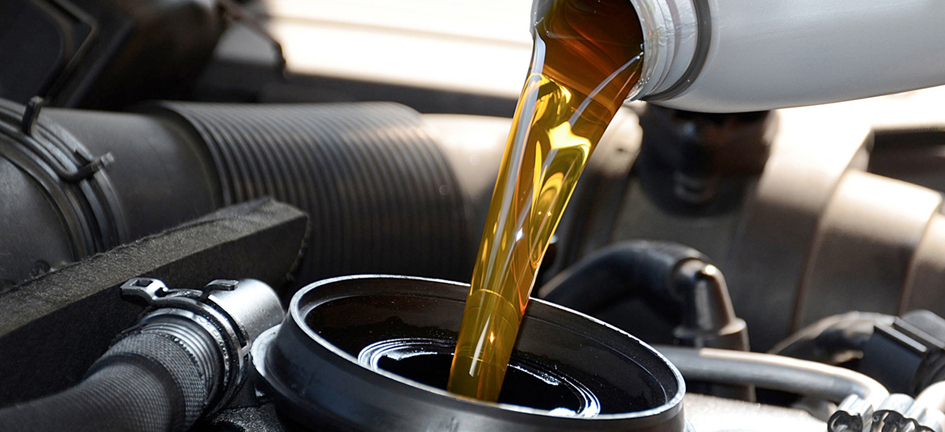
For more maintenance and repairs advice, continue to come back to the Euro Car Parts Blog and feel free to browse our full collection of car parts on our website.
We have parts for most makes and models and we offer free home delivery or alternatively you can visit one of our 250+ branches nationwide to see the full range for yourself.


